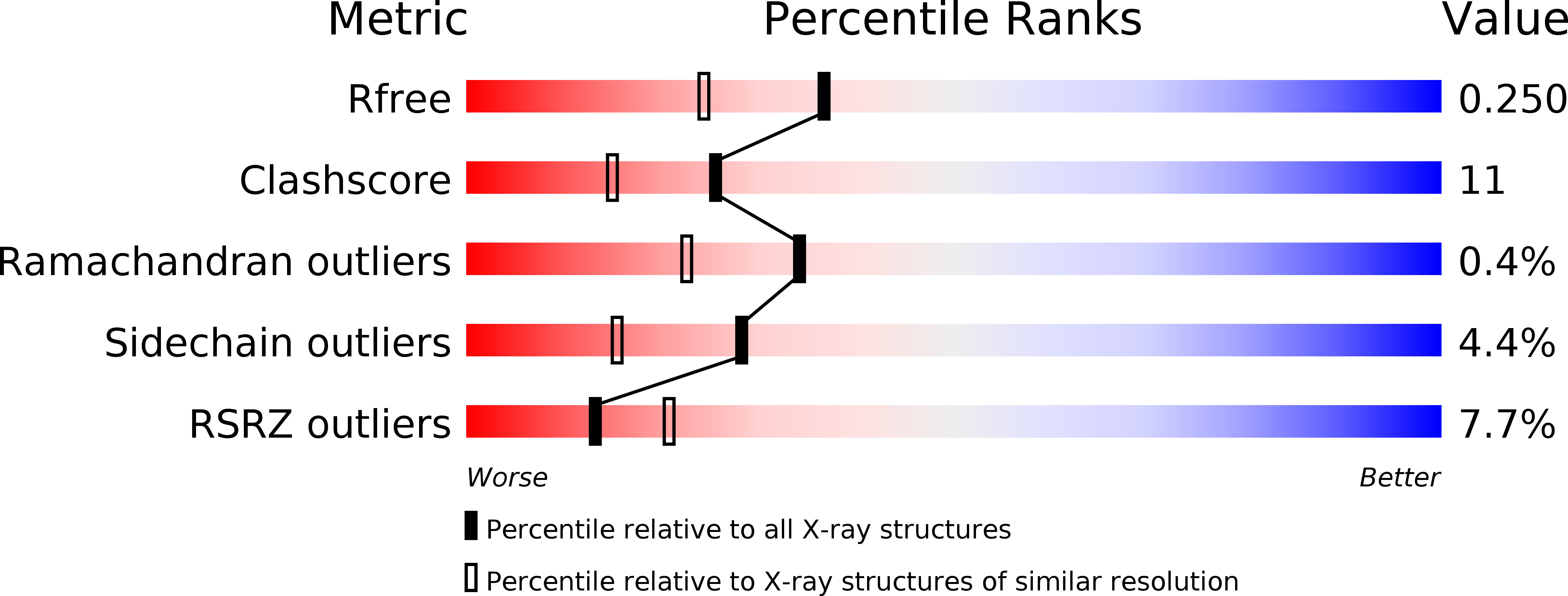
Deposition Date
2007-02-21
Release Date
2007-10-23
Last Version Date
2023-08-30
Entry Detail
PDB ID:
2OXV
Keywords:
Title:
Structure of the A138T promiscuous mutant of the EcoRI restriction endonuclease bound to its cognate recognition site.
Biological Source:
Source Organism:
Escherichia coli (Taxon ID: 562)
Host Organism:
Method Details:
Experimental Method:
Resolution:
1.95 Å
R-Value Free:
0.24
R-Value Work:
0.20
Space Group:
P 3 2 1


